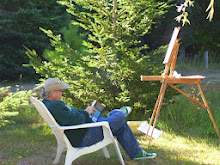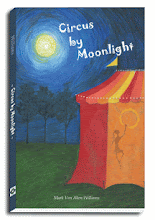Jozef Israëls, the Dutch painter (and most respected Dutch artist of the second half of the nineteenth century), was known as the Great “Rabbi” of painting. He was a descendent of Rembrandt and teacher of Van Gogh. His art was traditional, while at the same time pushing the limits. You could say, that although he had a light foot in modernity, he had a heavier foot in tradition. As the son of lower-class Jewish parents, Israëls was able to express with peculiar intensity, the life of the poor and humble.
In Portrait of an Old Man, we see how he was committed to the simple in art and life. The words of William Blake (from The Auguries of Innocence) would become his guiding principle: “to see the world in a grain of sand, and a heaven in a wildflower.”
---Translating softly, compassionately, and with understanding, interest in the smallest actions of human beings.
The subject here is cloaked in broad strokes of light and shade, presenting the old man without any neglect of detail . He is a man of honor and comfort. He balances his curiosities with his sensibilities; an acquired wisdom that only comes with age. He has not lived in vain. He knows the value of the things for which we suffer.
As Anaïs Nin said, “The possession of knowledge does not kill the sense of wonder and mystery. There is always more mystery.”








No comments:
Post a Comment